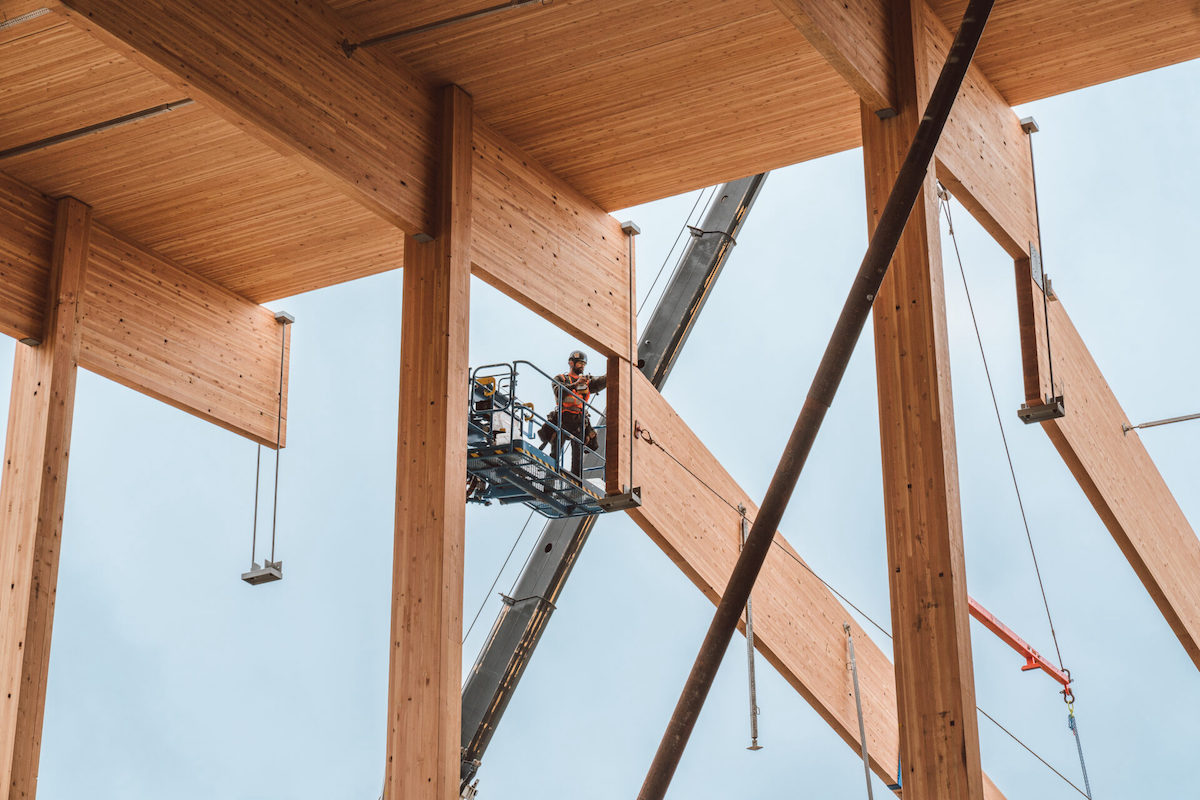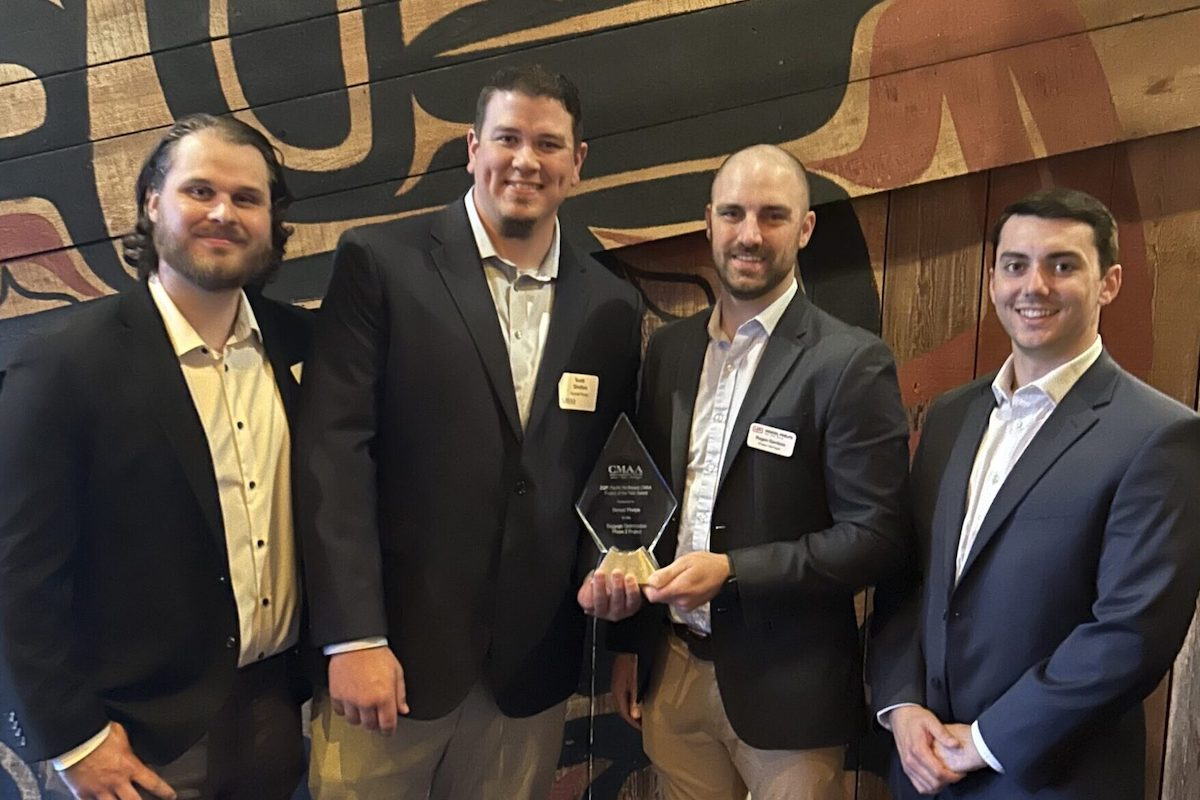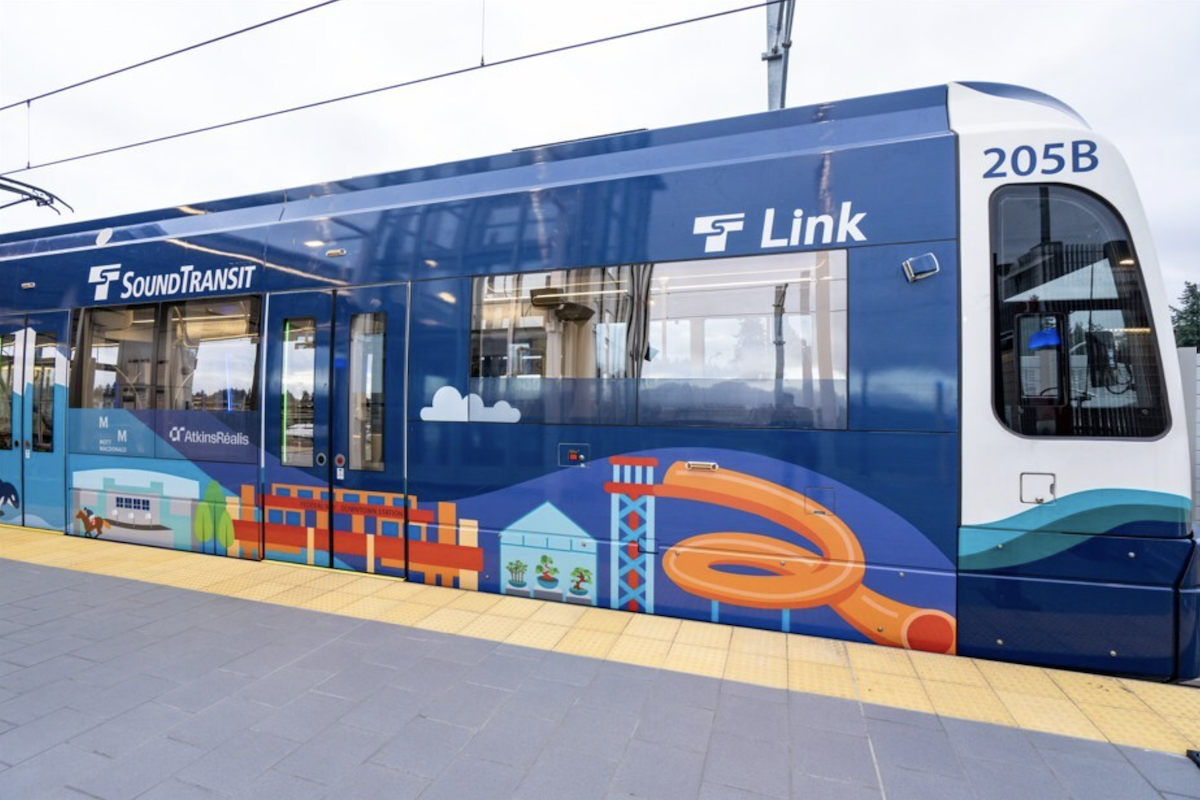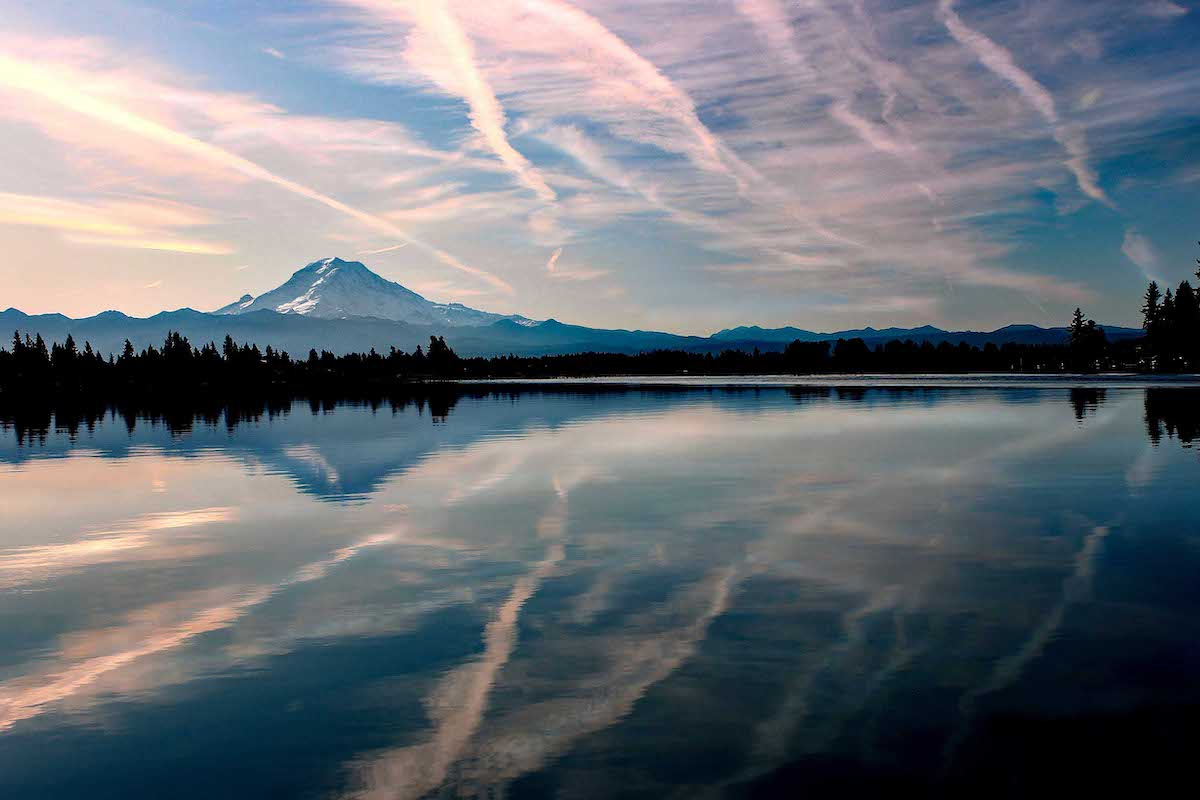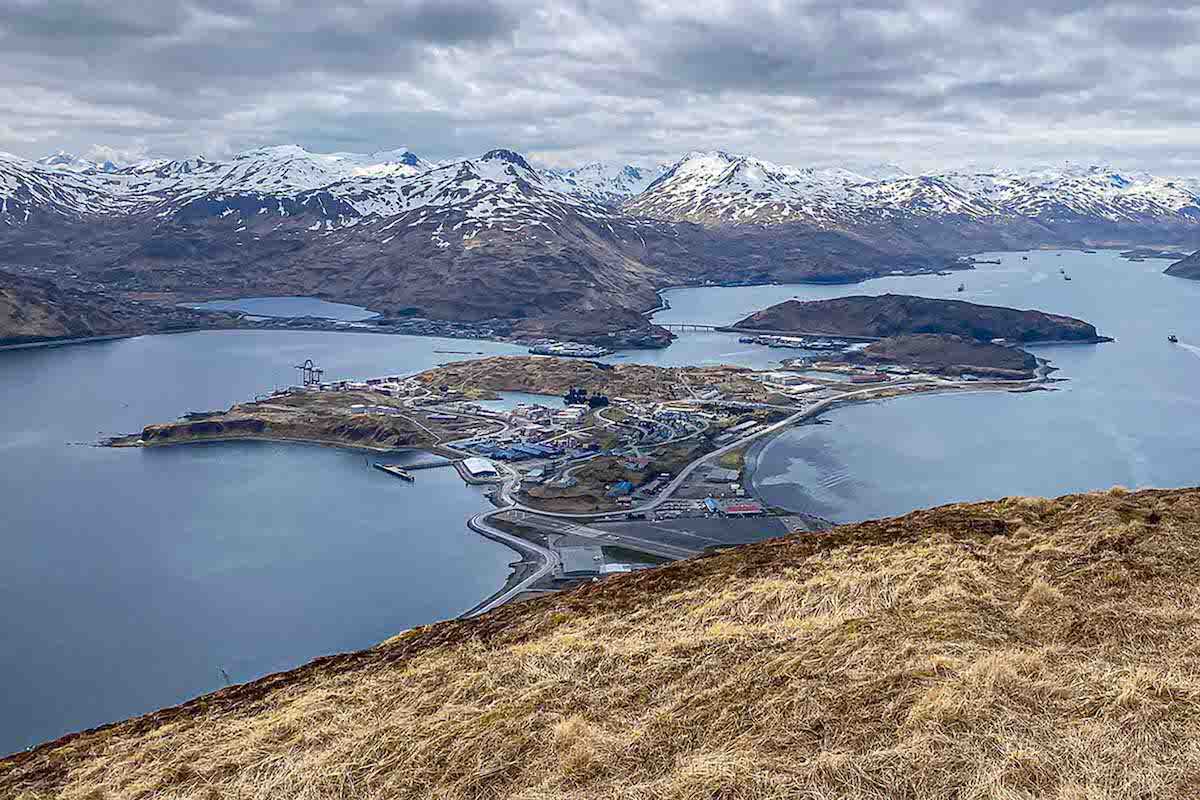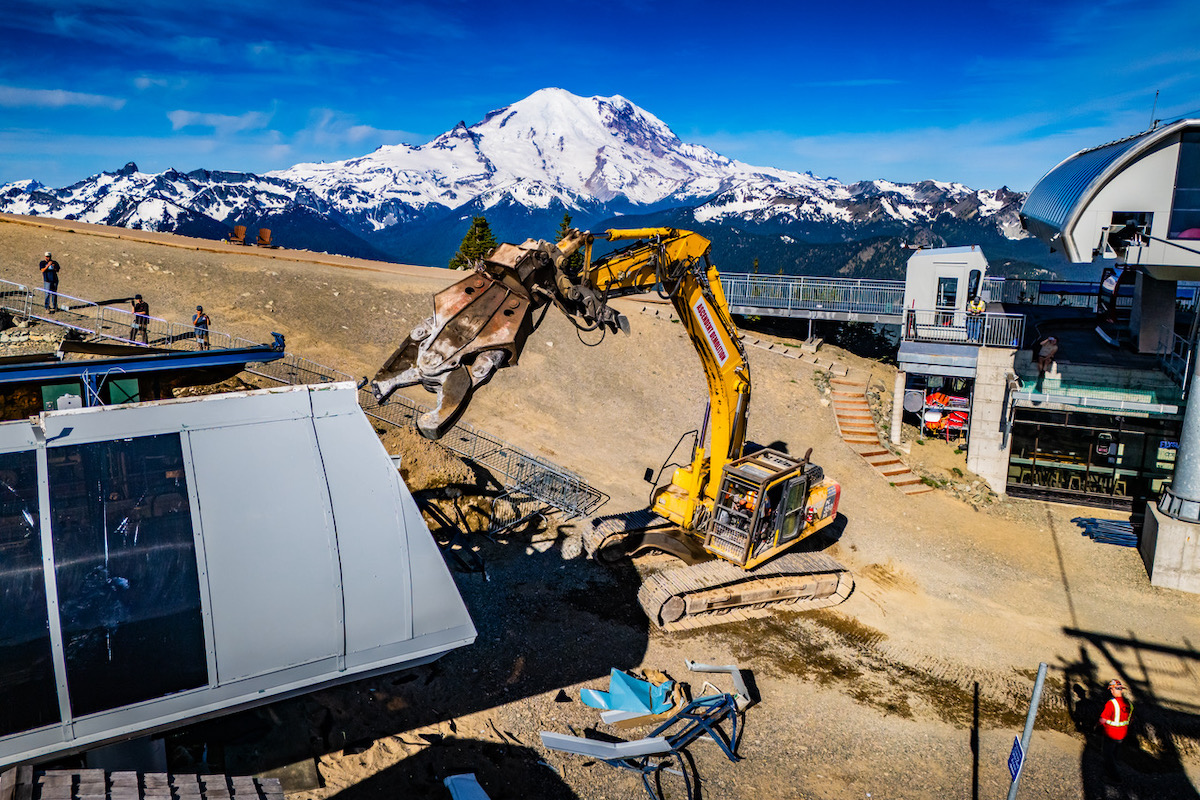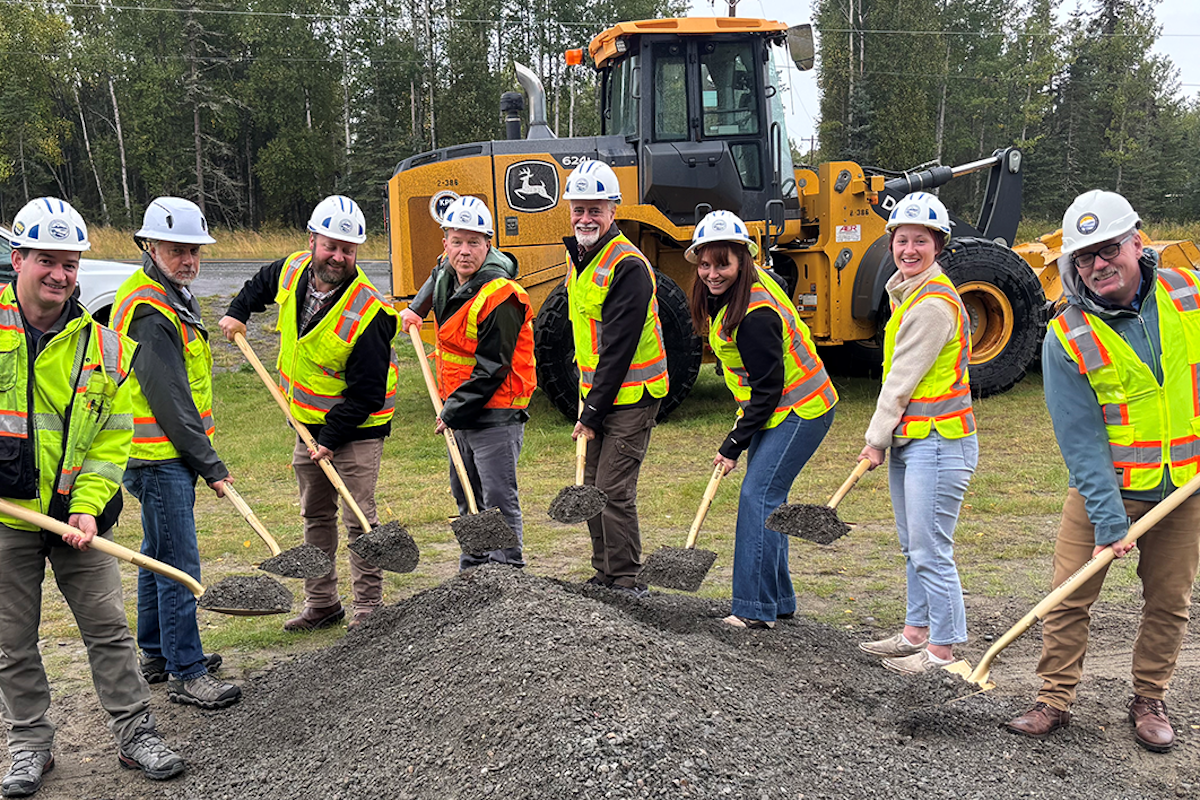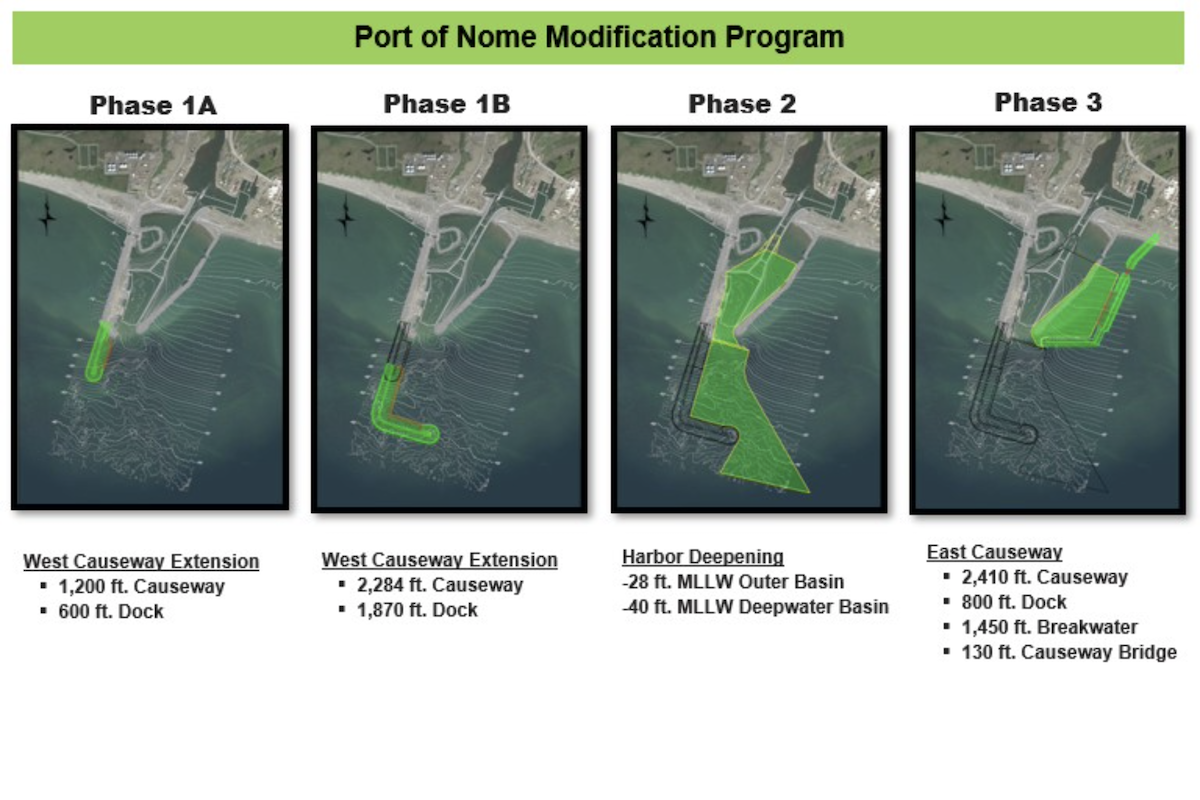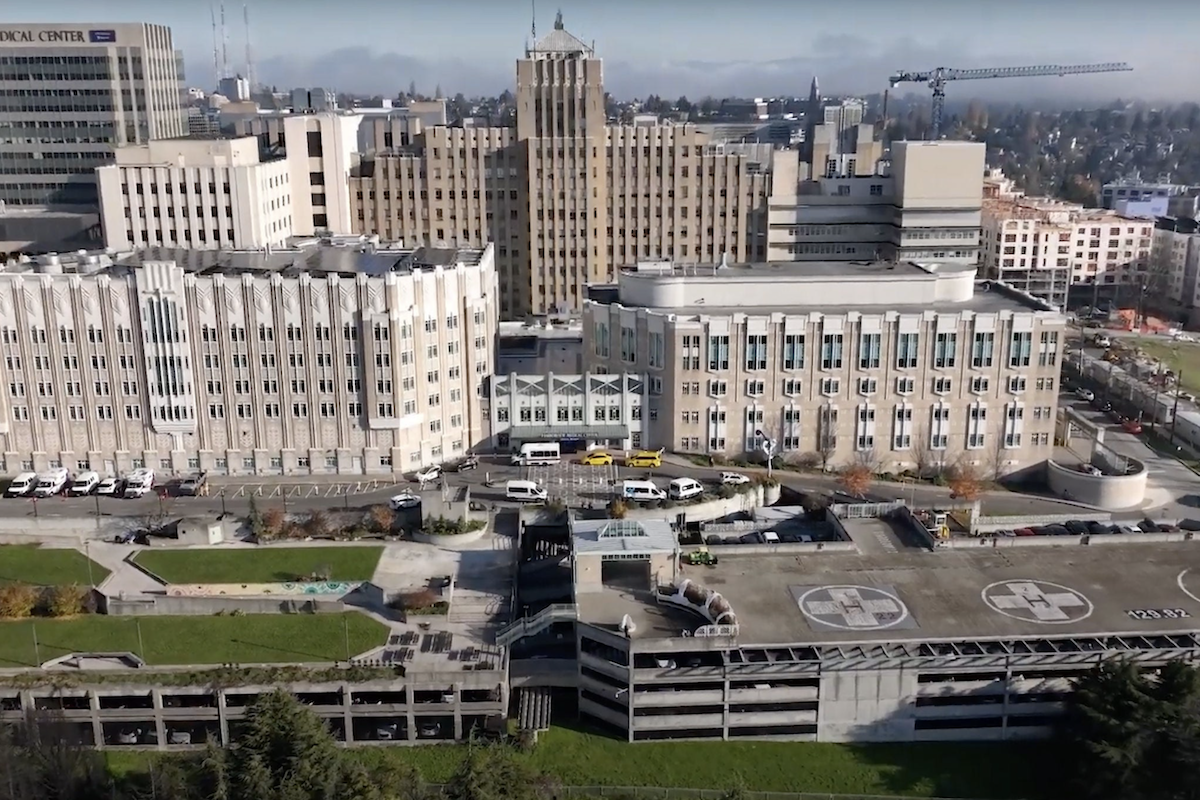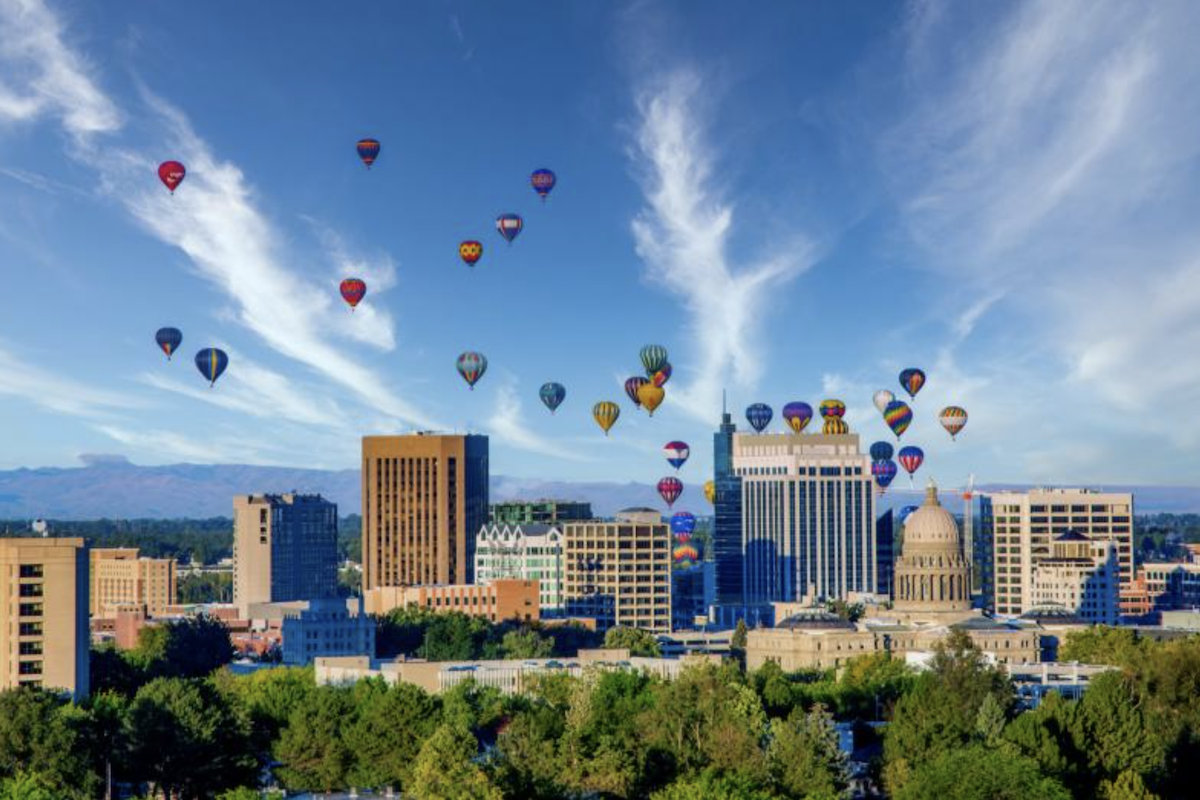The TRIP report, "Keep Moving Montana Forward: Progress and Challenges in Achieving a 21st Century Transportation System," finds that throughout Montana, nearly one-third of major locally and state-maintained roads are in poor or mediocre condition, seven percent of locally and state-maintained bridges (20 feet or more in length) are rated poor/structurally deficient, and the state’s traffic fatality rate increased significantly from 2019 to 2021, when it was the fifth highest in the nation.
The increased transportation funding provided by the state legislature’s passage of HB 473 in 2017 (the Bridge and Road Safety and Accountability Act - BaRSAA), combined with additional federal funding provided by the passage of the federal Infrastructure Investment and Jobs Act (IIJA) in 2021, has allowed Montana to accelerate projects to improve traffic safety, relieve congestion, and improve the condition of roads, highways, and bridges. But, while current transportation investment levels have allowed Montana to make progress, the state still faces challenges in accommodating growing passenger and freight traffic, and providing needed roadway safety improvements, and road, highway, and bridge repairs.
The TRIP report finds that nearly one-third of Montana’s major locally and state-maintained roads are deteriorated, with 13 percent in poor condition and 17 percent in mediocre condition. Driving on deteriorated roads costs the average Montana driver an additional $526 each year in extra vehicle operating costs (VOC) — a total of $427 million statewide. These costs include accelerated vehicle depreciation, additional repair costs, and increased fuel consumption and tire wear.
Statewide, seven percent of Montana’s bridges are rated poor/structurally deficient, with significant deterioration to the bridge deck, supports, or other major components. Most bridges are designed to last 50 years before major overhaul or replacement, although many newer bridges are being designed to last 75 years or longer. In Montana, 41 percent of the state’s bridges are 50 years old or more.

| Your local Somero dealer |
|---|
| American Construction Supply |
From 2017 to 2021, 1,008 people were killed in traffic crashes in Montana. The state’s 2021 traffic fatality rate of 1.77 fatalities for every 100 million miles traveled is the fifth highest rate in the country and significantly higher than the national average in 2021 of 1.35. Nationwide, traffic fatalities began to increase dramatically in 2020 even as vehicle travel rates plummeted due to the COVID-19 pandemic, and the number of fatalities continued to increase in 2021. The number of fatalities in Montana increased 32 percent from 2019 to 2021, from 184 to 243, and the state’s fatality rate per 100 million VMT increased by 24 percent during that time, from 1.43 to 1.77. This dramatic increase in the number of fatalities and the rate of fatalities per 100 million VMT happened while vehicle travel in the state increased by seven percent overall from 2019 to 2021.
Congested roads, highways, and bottlenecks choke commuting and commerce and keep Montana residents and visitors from efficiently getting to their destination. From 2000 to 2019, vehicle travel in Montana increased by 30 percent from approximately 9.9 billion miles traveled annually to approximately 12.9 billion miles. Due to the COVID-19 pandemic, vehicle travel in Montana decreased to 12.1 billion miles but rebounded in 2021 to seven percent higher than 2019 levels at 13.8 billion miles traveled.
“At Montana Department of Transportation, we take seriously our mission of planning, building, operating, and maintaining a safe and resilient transportation infrastructure to move Montana forward,” said Malcolm Long, Director of the Montana Department of Transportation (MDT). “Working together, we will continue to find efficiencies and build strong partnerships with local governments, communities, and our contracting partners.”
To address a lack of adequate transportation funding, in 2017, the Montana legislature passed the Bridge and Road Safety and Accountability Act (BaRSAA), which incrementally increased motor fuel taxes over a period of six years. When fully implemented, BaRSAA is estimated to generate approximately $40 million in additional road and bridge funding annually, providing critical infrastructure funding for local governments and enabling MDT to match and leverage more than $100 million in federal funds. Highway investment in Montana is likely to increase further as a result of the five-year federal Infrastructure Investment and Jobs Act (IIJA), which will provide $3.26 billion in state funds for highway, bridge, and transit investments in Montana over the next five years, including a 33 percent funding increase in FY 2022.
“Montana depends on a safe and efficient transportation system to deliver goods and services to surrounding markets, and to keep our families safe in our daily travel routines,” said Darryl James, Executive Director of the Montana Infrastructure Coalition. “In 2017, the Montana Legislature took the bold step of increasing the state fuel tax for the first time in a quarter century. That modest increase has provided significant opportunity for cities and counties to address long-overdue transportation safety and efficiency issues, and provided the state with additional revenue to leverage matching federal dollars at a very favorable 13 to 87 rate. The increasing cost of labor and materials combined with much greater fuel efficiency and broadening usage of electric vehicles should be prompting us to adjust our transportation-related fees and taxes to adapt to these evolving trends.”

| Your local Bobcat dealer |
|---|
| Pape Material Handling |
The increased state and federal transportation funding has allowed Montana to accelerate projects to improve traffic safety, relieve congestion, and improve the condition of roads, highways, and bridges. But, while current transportation investment levels have allowed Montana to make significant progress, the state still faces challenges in reliably accommodating growing passenger and freight traffic, and providing needed roadway safety improvements and road, highway, and bridge repairs.
“Montana has put the increased state and federal transportation dollars to good use and made needed improvements to its transportation network,” said Dave Kearby, TRIP’s Executive Director. “But, in order to continue to enhance the system, the state will need to make further increases in its level of transportation investment. A safe and reliable transportation network that is maintained in good condition and offers improved mobility and accessibility to meet the needs of Montana residents, businesses, and tourists alike, is critical to moving Montana forward."













